




For B2B manufacturers and OEM/ODM partners, the claim “durable” can win shelf space or invite returns — depending on whether it is engineered and validated. This post examines whether a Colorado mountain toothbrush truly performs as a Colorado durable toothbrush in rugged, high-altitude, and outdoor-use scenarios. Below are six focused dimensions — market fit, mechanical design, power & thermal, sealing & contamination resistance, validation & test matrix, and commercialization & serviceability — that show how to design, prove, and sell a toothbrush that survives the Colorado outdoors.
First, be specific about the environments and customers you’re targeting. A Colorado mountain toothbrush is aimed at hikers, climbers, backcountry campers, ski guides, and outdoor workers who expose gear to:
Consequently, if you want the product to be perceived as a Colorado durable toothbrush, design requirements must map to those real-world stresses — not just bathroom use cases.
Next, choose mechanical strategies that prevent brittle failure and repeated wear:
These choices make a Colorado mountain toothbrush much more likely to meet buyers’ expectations for a Colorado durable toothbrush.
Furthermore, power subsystem choices dramatically affect field reliability:
A toothbrush that loses capacity or fails under cold or altitude is not “durable” in the mountain context.
Moreover, sealing and contamination controls must extend beyond a basic IP rating:
These steps help the Colorado mountain toothbrush sustain real outdoor exposure and justify “durable” messaging.
Crucially, “proven” means tested. A B2B-ready validation plan should include:
Acceptance criteria should be clear (no catastrophic failure, <X% torque change, retained IP after cycling) so you can market a Colorado durable toothbrush with data, not guesswork.
Finally, translate engineering into a launch that buyers and channels accept:
By pairing verified durability with sensible after-sales, you make the Colorado mountain toothbrush a trusted Colorado durable toothbrush in the market.
To design and prove a Colorado mountain toothbrush that legitimately earns the Colorado durable toothbrush label:
If you’d like, I can draft a developer-ready durability packet (materials table, drop/vibration profiles, battery spec/BMS settings, sealing stack, and an acceptance test plan) so your engineering and commercial teams can move straight to prototyping and pilot launches. Contact us
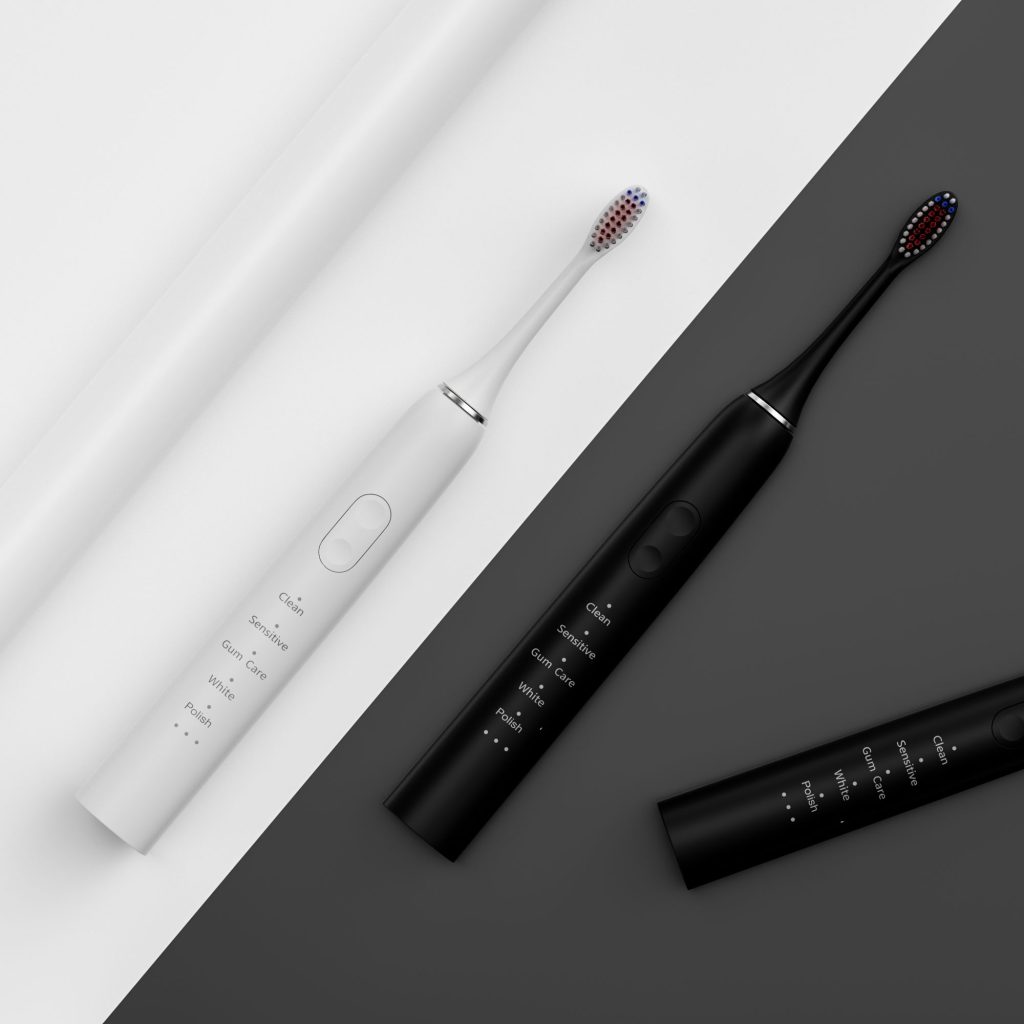
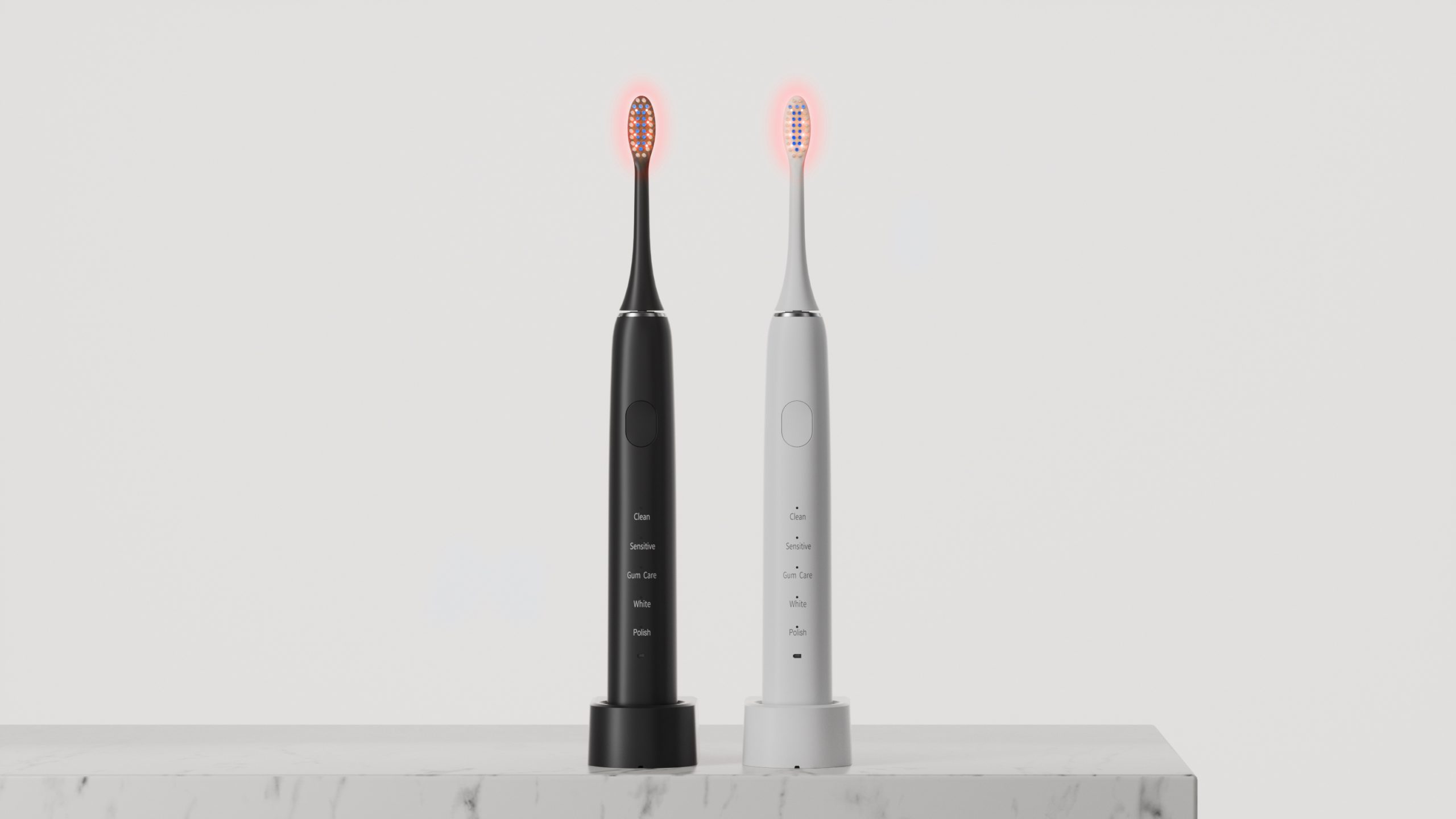
powsmart Electric toothbrush Factory Huntsville Alabama
.jpg)
powsmart Electric toothbrush Factory Mobile Alabama
.jpg)
powsmart Electric toothbrush Factory Montgomery Alabama
.jpg)
powsmart Electric toothbrush Factory Birmingham Alabama
.jpg)
powsmart Electric toothbrush Factory Montgomery Alabama

powsmart Electric toothbrush Factory Birmingham Alabama
.jpg)
Powsmart-Austin electric toothbrush B2B

Powsmart-Dallas electric toothbrush supplier
.jpg)
Electric Toothbrush Customized Logo Rechargeable USB-C
.jpg)
Sonic Toothbrush Smart Timer Private Label
-1.jpg)
OEM Available Electric toothbrush For Kids
-3-scaled.png)
Household Teeth Whitening Device Custom LOGO
.jpg)
Sonic Electric Toothbrush Customizable High Quality

electric toothbrush heads Regular Clean
Regular Clean Brush Head 6mil (0.152mm)Dupont Tynex Classic Bristles. Conveys sonic vibration effectively 80% End-rounded rate, Clean while doesn’t damage enamel Color Reminder: Pedex Reminder-1-scaled.png)
Customizable Teeth Whitening LED Light
.jpg)
Private Label Water Flosser With UVC Sterilization
Specification Model Name: PTR-X6 Material: PC, ABS Battery type: 2000 mAh lithium battery Rated voltage: DC 3.7V Fully Charged: ≤6H Product Size:76.5x71.5x290mm Waterproof: IPX7 Frequency: 1.jpg)
Children Sonic Electric toothbrush
Product series: Children Product color: white, pink, green (can customize other colors) Product features: Brush head: food-grade ABS material, safe and healthy; German PEDEX color-changing bristles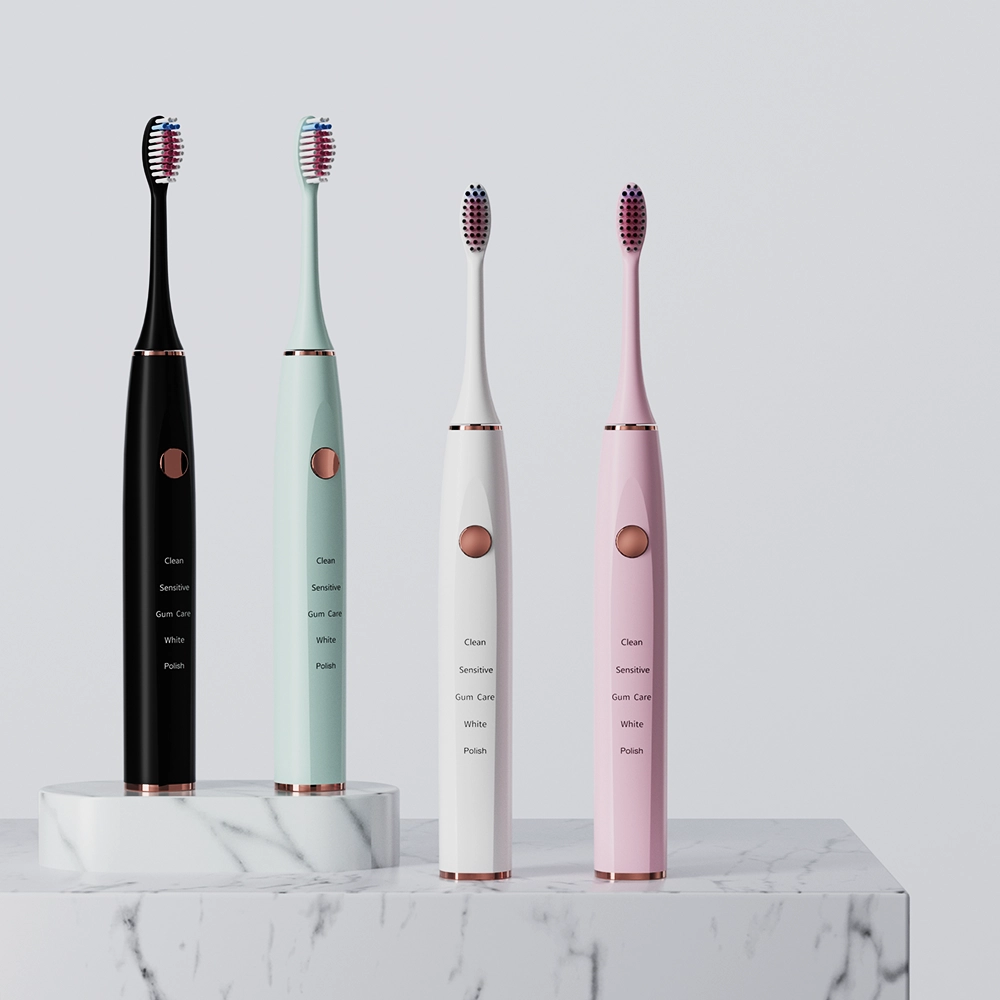
Private Label IPX7 Electric Toothbrush OEM
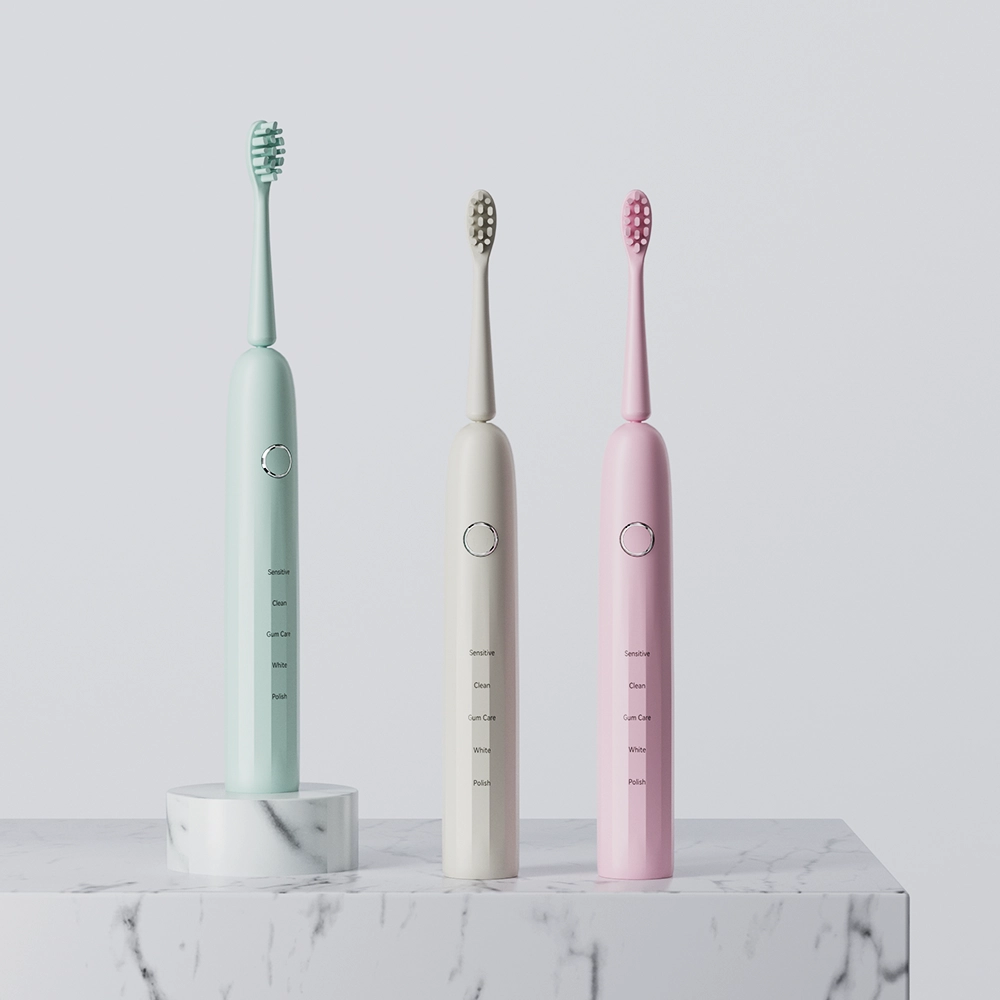
Customizable Sonic Electric Toothbrush Rechargeable
.jpg)
Children Powered Toothbrush Customizable
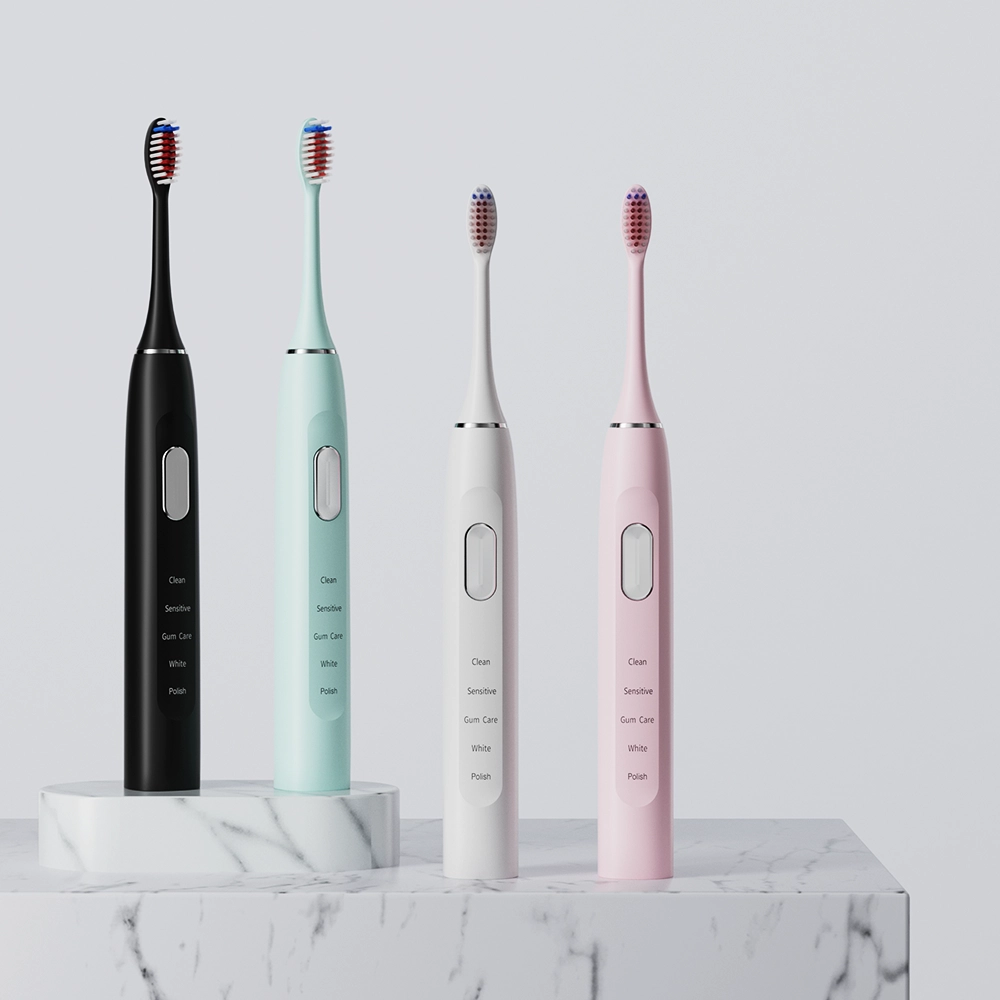
Ultrasonic Electric Toothbrush Custom Logo
.jpg)
Accept OEM Electric Toothbrush Bulk Supplier
.jpg)
Wholesale Smart Sonic Electric Toothbrush

electric toothbrush heads Deep Clean
Regular Soft Bristles 6mil (0.152mm)Dupont Tynex Brilliance Bristles Conveys sonic vibration effectively 80% End-rounded rate Clean while doesn’t damage enamel Color Reminder Pedex Reminder.jpg)
Customizable Water Flosser Big Tank UVC Sterilization
Specification Model Name: PTR-X6 Material: PC, ABS Battery type: 2000 mAh lithium battery Rated voltage: DC 3.7V Fully Charged: ≤6H Product Size:76.5x71.5x290mm Waterproof: IPX7 Frequency: 1.jpg)
Florida Electric Toothbrush – Powsmart PTR-C8
.jpg)
Electric Toothbrush OEM Custom Logo
.jpg)
Customizable Kids Electric Toothbrush
Customer satisfaction
We prioritize customers' satisfaction by providing exceptional service and support.
sincerity
We are committed to upholding the highest ethical standards in all aspects of our business.

.jpg)
A sonic toothbrush is an advanced type of electric toothbrush that uses high-frequency vibrations to clean teeth.
.jpg)
A smart toothbrush is an electric toothbrush that connects to a smartphone app via Bluetooth.
.jpg)
Electric toothbrushes remove plaque more effectively than manual brushes, promoting better oral health.
Your professional source for private label electric toothbrushes
Your Vision, Engineered by Our Professional R&D. From concept to cutting-edge electric toothbrush.
Perfect Your Electric Toothbrush with Our Precision Sample Development. Let's align vision and reality, sample by sample.
Streamline your supply chain with our high-volume electric toothbrush manufacturing.
Wholesale electric toothbrushes of all types—for every market, every customer.
Our fast worldwide delivery gets your electric toothbrushes to shelves faster.
Our electric toothbrushes are manufactured under advanced ISO9001 & medical-grade ISO13485 standards.
Your most cost-effective electric toothbrush source—quality assured.
If a product is hot, there is a good chance Relish already has it in stock, just waiting for your label.
Get a Sample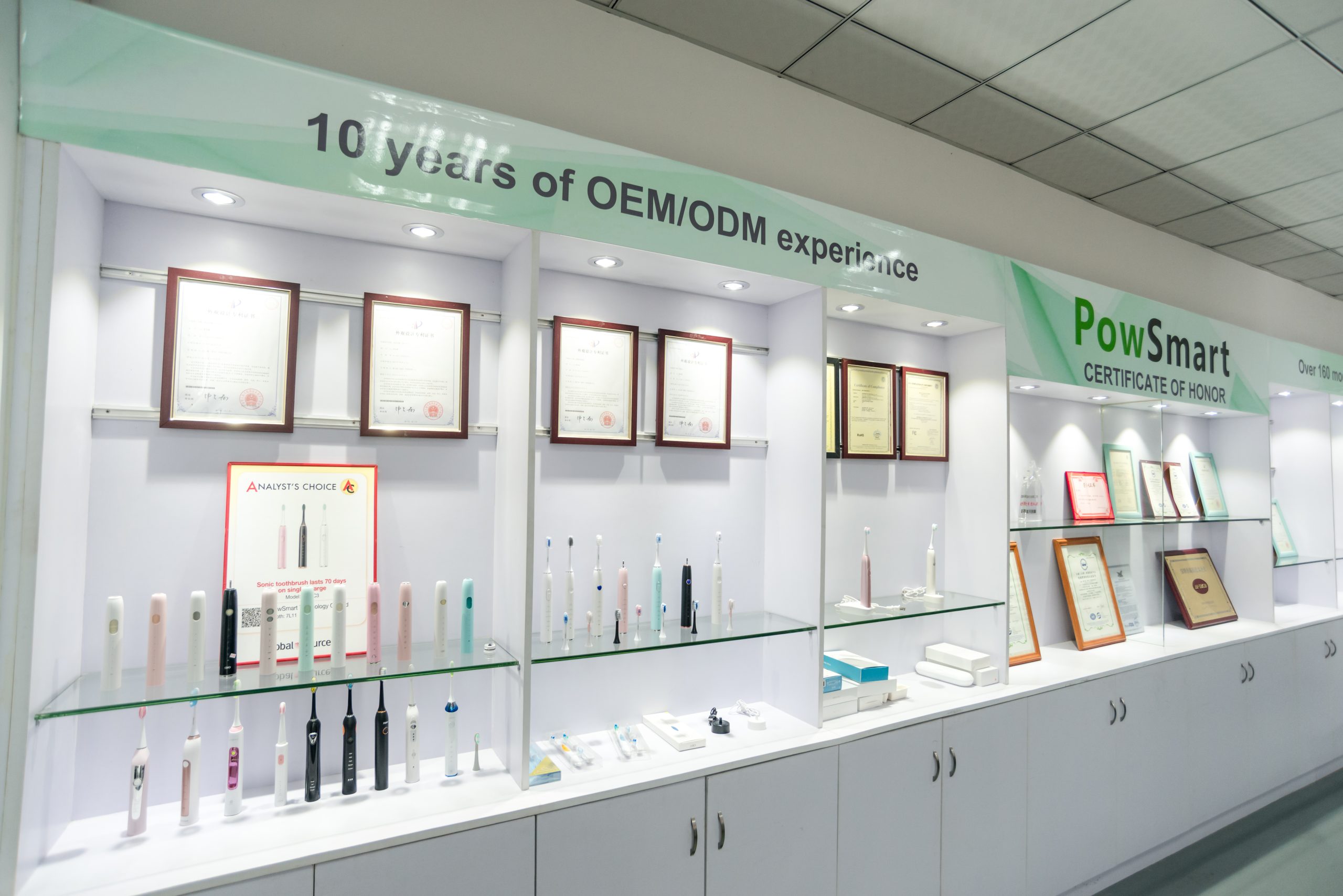
We arexporting our products globally from which the most well-known partners are Walmart, BestBuy, Honeywell, Target, Haier and Xiaomi.
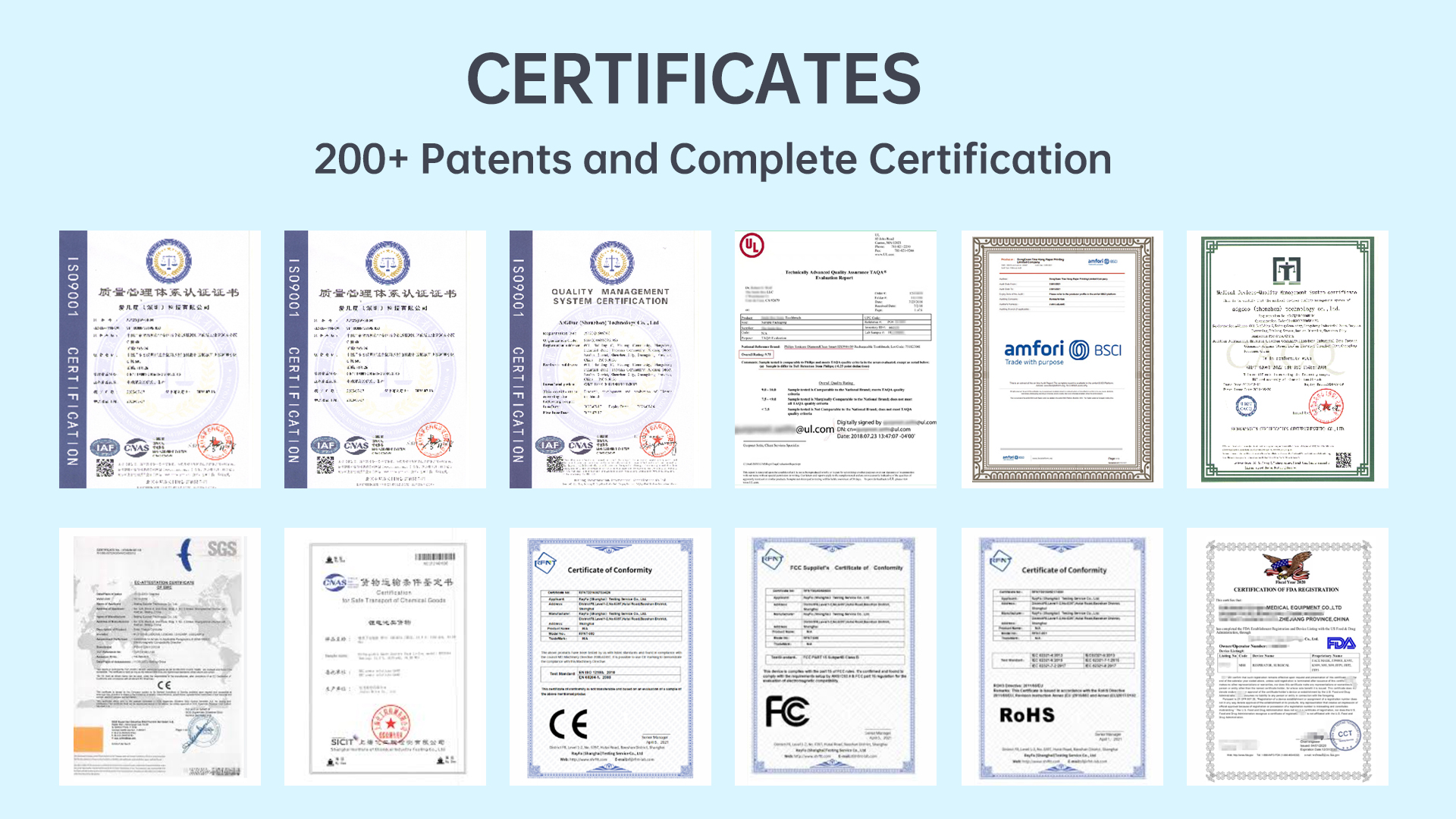
Relish is ISO9001, ISO13485, BSCI certified, and FDA registered, with lots of certifications such as CE, CB, ROHS, CETL, FCC, PSE, SGS, ERP, LFGB, and Reach etc.